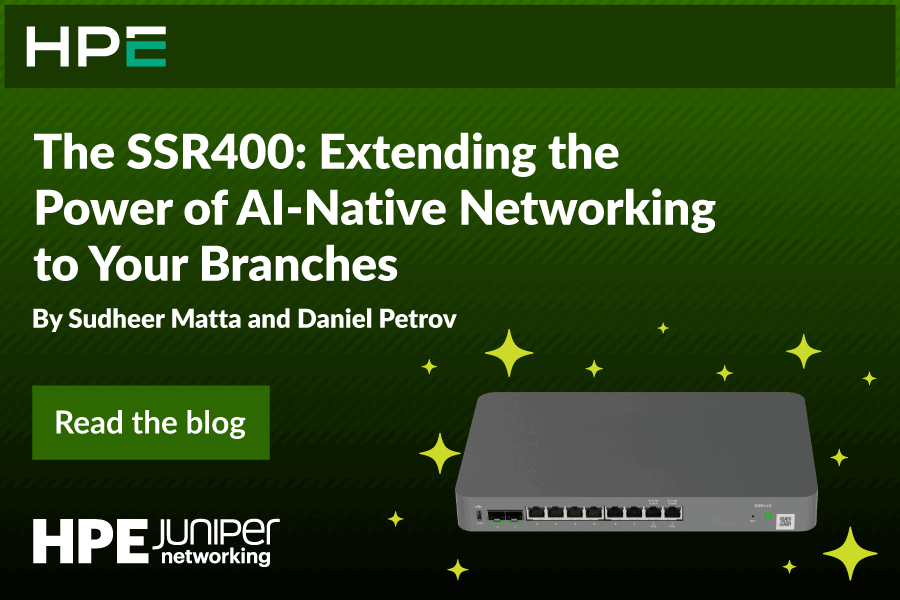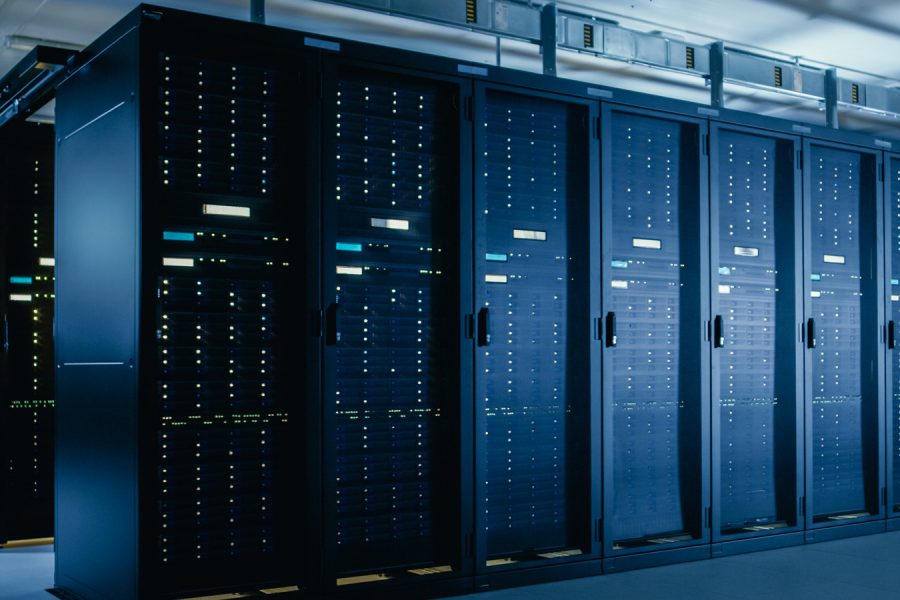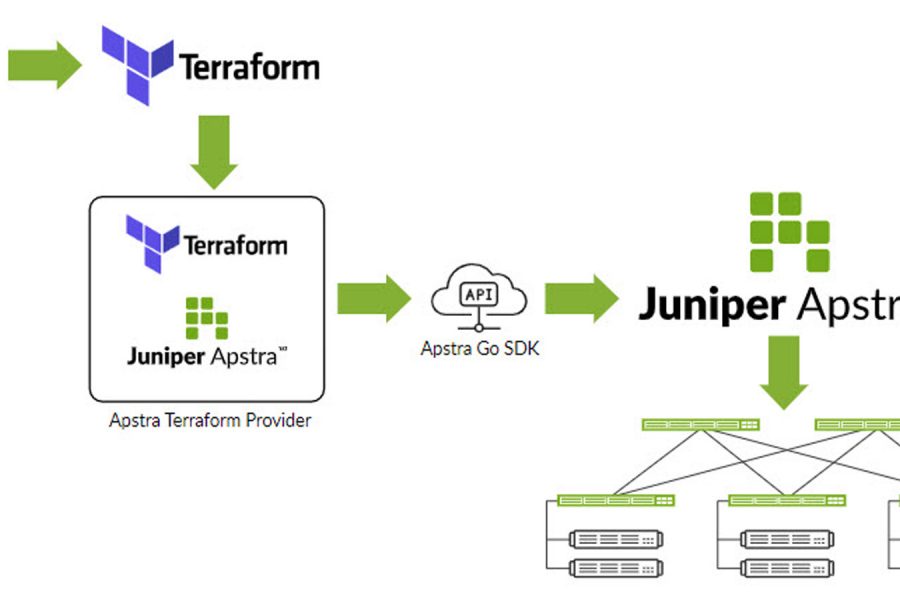Artificial intelligence (AI) is giving IT leaders no shortage of implications to think about for their businesses. From data management and regulation to impacts to the workforce, the possibilities of AI present many challenges to consider – but, as I’ve said before, I believe the benefits are poised to outweigh them.
Following the recent release of Juniper Networks’ global survey on AI readiness and adoption, I had the pleasure to virtually meet with three of our customers to get their reaction to a few of the key results and discuss what’s on their minds when it comes to their organizations’ AI journeys.
Special thanks to our panelists for their participation:
- Steve Puluka, IP Architect, DQE Communications
- Christian Scholz, Senior Consultant of Network & Security, Telonic
- Jason Philp, Director of Infrastructure, Beeline
Here are some of the top takeaways from the discussion.
Data is the Fuel for AI
Data is unanimously one of the central challenges to AI adoption because AI models make decisions based on the data they are fed. If data is collected incorrectly – or perhaps only partially collected – the decision will be wrong. Garbage in, garbage out.
The ingestion and processing of raw data are necessary so it can be prepared for usage in AI models and other IT systems. There is a need to make sure the collection and cleansing processes for the various consumers of the data are compatible.
Another element that doesn’t always come into play in standard systems is that AI models are trained somewhere with particular data. “I have to have the confidence that my data is similar enough to the training data that the model even works. [The confidence] that it doesn’t kick out extraneous false positive or negative classifications or whatever else the model is doing for us,” said Puluka.
Lastly, there are regulatory and data privacy challenges to mitigate, depending on where organizations want to use AI. Whether it exists in the EMEA region or the U.S., there’s still work to be done around how to aggregate the data in a way that maintains privacy and location-based restrictions – and if the model is going to apply globally or only within a nation or state.
There’s Reluctance to Give AI the Wheel
AI models need to be explainable as to how they make decisions and the users need to understand the assumptions about the data that work within it. Many are not yet at a point where they’re comfortable with something artificial making a change on its own.
Part of the lack of trust stems from concern that the technology is already ahead of us. There’s a clear dichotomy between compliance being the most important issue related to AI but also the lowest priority. When technology is new and not understood by everyone, it is hard to wrap your head around policies without having experimented with it.
“Most of the time, at least what I’ve seen with us and with our customers, is that they start relatively small, like with some sort of AI monitoring and letting AI make some decisions, because…the trust has to be built. We’re getting there but we still have a long way to go,” said Scholz.
AI is a Force Multiplier to the Workforce, Not a Replacement
When it comes to readying the workforce, there are two scenarios to think about – preparing people whose jobs are going to be affected by either elimination of certain work or the changed nature of their work and finding people responsible for building, implementing and deploying new AI solutions.
Companies have tried to fill the gap with new people, but the consensus is that it’s far more likely and better to apply training to existing staff than it is to hire outsiders. In IT, we must constantly be learning and changing and AI is just the next iteration of that.
Humanizing AI might help. “At some point, at least I hope, if AI gets more advanced, we have some sort of sarcastic AI,” said Scholz. “Because that would take away a little bit more of the fear. It’s like the cloud at the beginning. At first, it’s just scary for the people, they don’t know it yet. But the more you work with it, the less scary it gets and the more benefits you start to see.”
It would also be helpful to have AI do the common and tedious parts of the job. “It [AI] doesn’t necessarily replace a person and it hasn’t, but it takes the average level person and sort of gives them that broad expansion of visibility where maybe they were focused primarily on one area in the past. Now AI can fill in detailed gaps in other locations and really allow them to be more effective at their level. It’s reducing things like escalations, as well.” said Philp.
When to Build vs. When to Buy
The answer to this question is dependent upon what the organization’s core competency is. For most companies, it would take a lot more effort than necessary to build their own network from scratch rather than use a vendor for their networking. But when we’re talking about an oil and gas company that is going to gain its competitive advantage by being able to find and dig wells the fastest, then that technology will likely be developed in-house.
For more on what Juniper is doing with AI, check out Mist AI and Cloud.

























